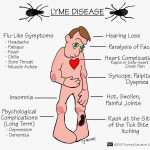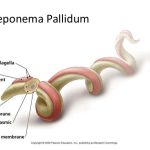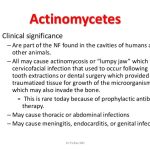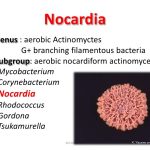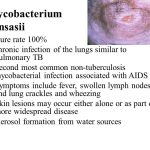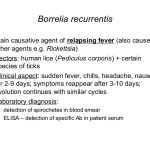
The syndrome of relapsing fever consists of two clinical entities: epidemic relapsing fever caused by Borrelia recurrentis (LBRF) and transmitted by the human body louse and endemic relapsing fever caused by Borrelia spp. (TBRF) and transmitted by arthropods (Table 1). A. Epidemiology. 1. Louse-borne epidemic relapsing fever (LBRF).

